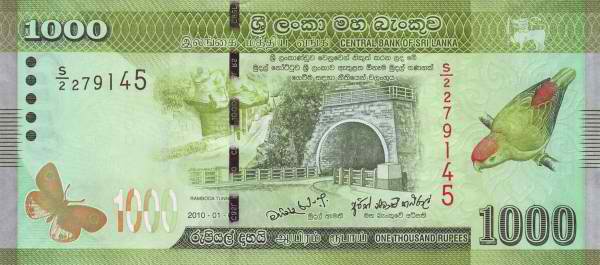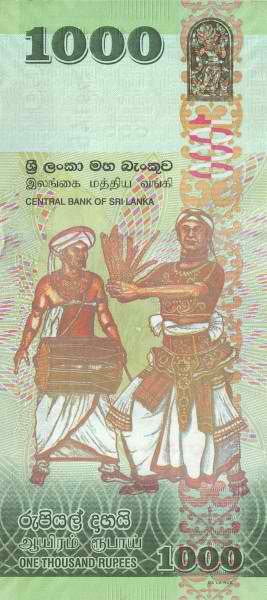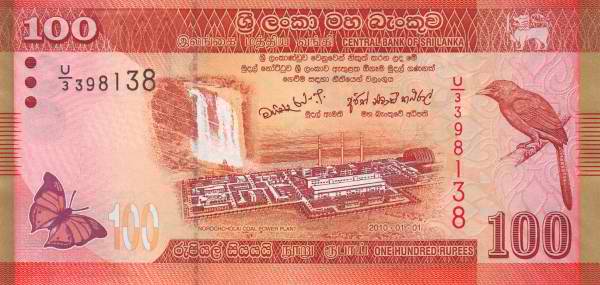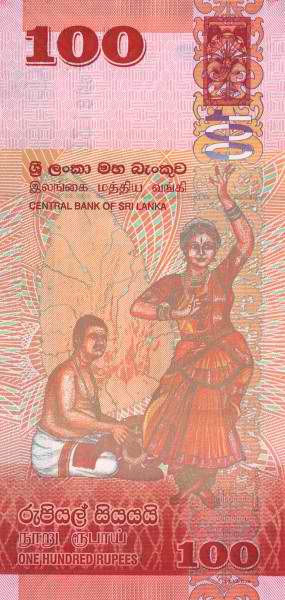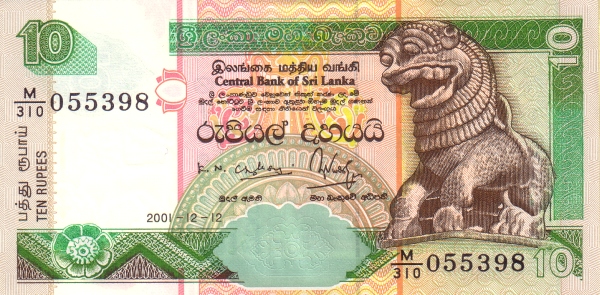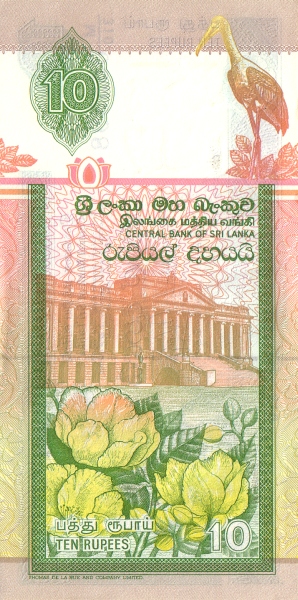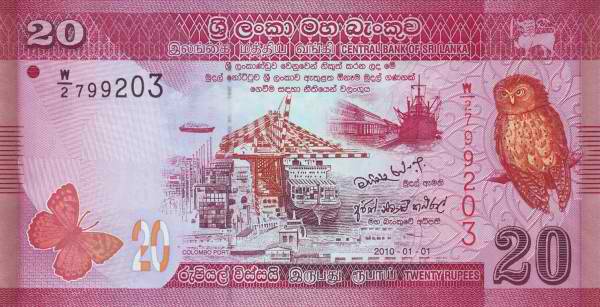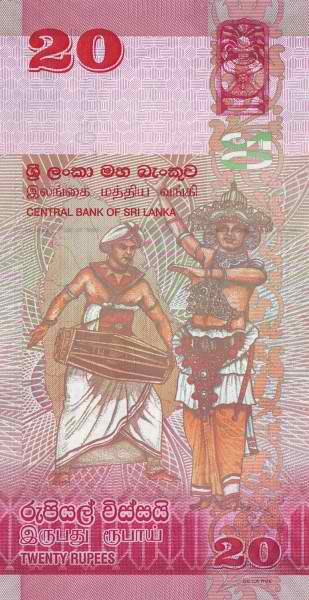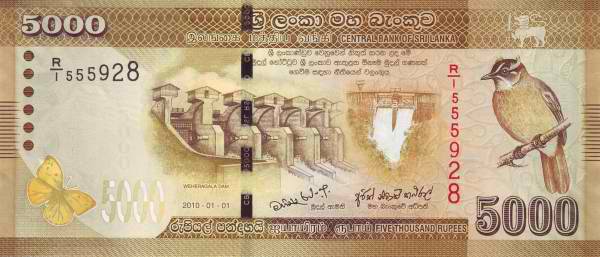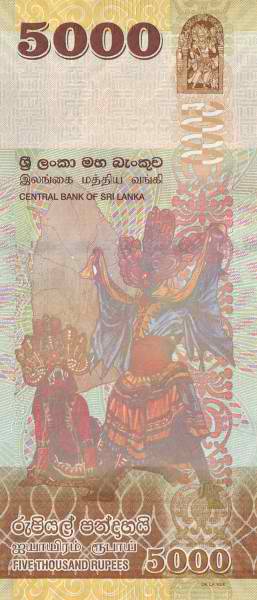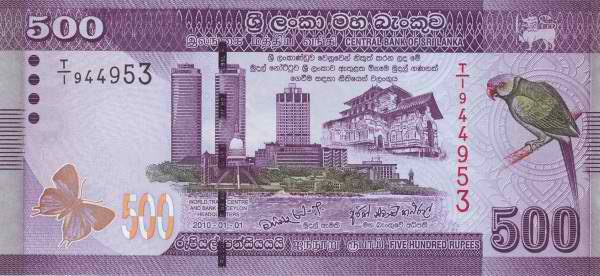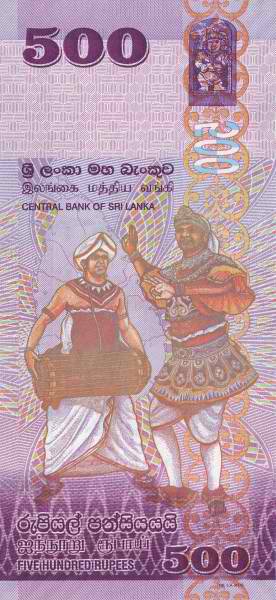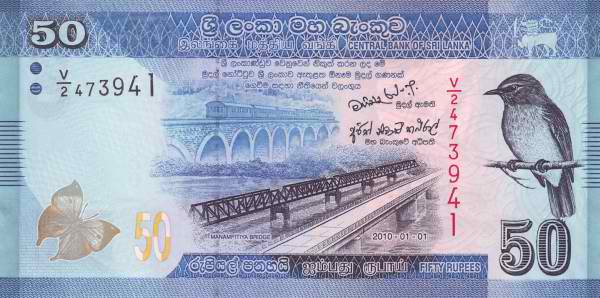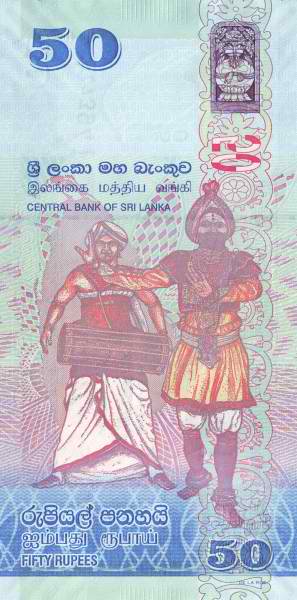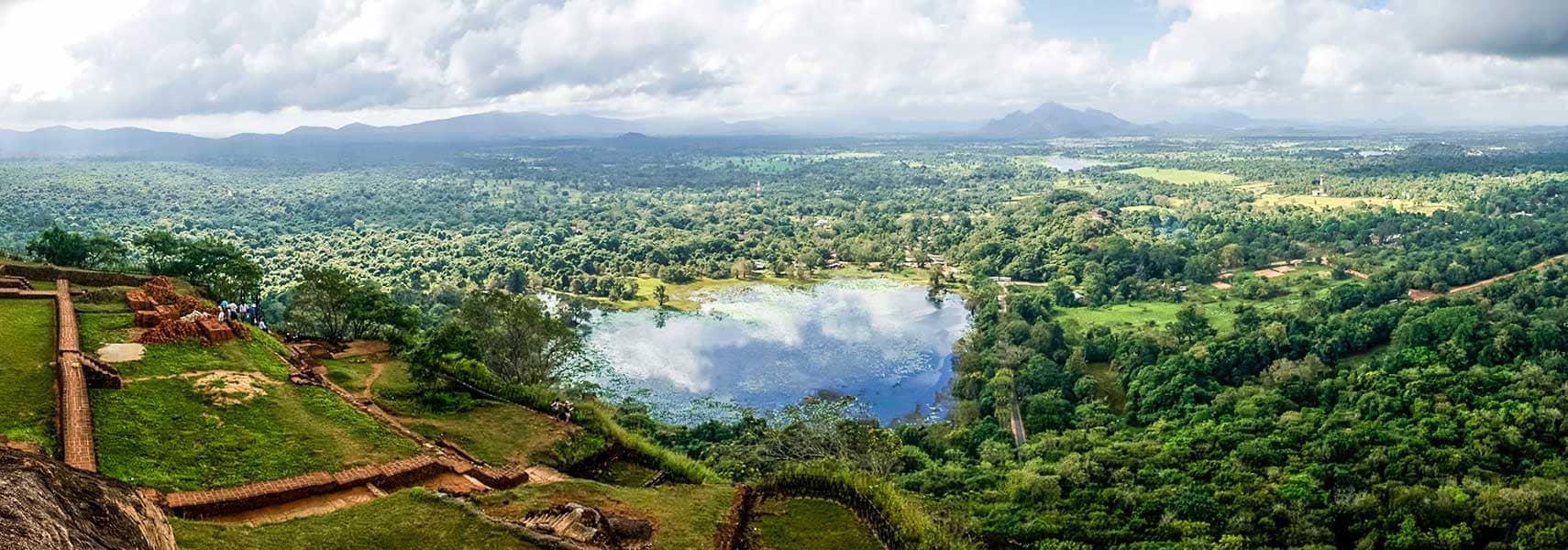Sri Lanka: An Enchanting Island in the Indian Ocean
Sri Lanka, an exquisite island nation nestled in the Indian Ocean, lies strategically between the Laccadive Sea to the west and the Bay of Bengal to the east. This tropical paradise, which is approximately 30 km (19 miles) southeast of India's southern coast, comprises a main island along with several smaller islands. Up until 1972, many knew this beautiful country as Ceylon. With a total land area of 65,610 km², Sri Lanka is about one and a half times larger than Denmark and slightly surpasses the size of West Virginia.
A Brief Overview of Sri Lanka's Population
As for its demographic landscape, Sri Lanka boasts a population of approximately 21.2 million people as of 2016. The capital city, Sri Jayawardenepura Kotte, functions as a satellite city of Colombo, which stands as the nation's largest city. In the realm of languages, the predominant linguistic group speaks Sinhala, constituting around 74% of the populace. Tamils represent about 18% of the population, while the remaining 8% consist of speakers of other languages. Furthermore, English serves as a second language for about 10% of Sri Lankans.
The Rich History of Sri Lanka
Origins and Early Civilization
The captivating history of Sri Lanka begins with the arrival of the Sinhalese people, who journeyed to the island from northern India during the late 6th century B.C. Buddhism entered the scene around the mid-third century B.C., leading to the establishment of advanced civilizations, notably in the cities of Anuradhapura and Polonnaruwa. Anuradhapura thrived as a kingdom from circa 200 B.C. to approximately A.D. 1000, while Polonnaruwa reigned from around 1070 to 1200.
Colonial Rule and Independence
During the 14th century, a southern Indian dynasty gained control of the northern part of the island, establishing a Tamil kingdom. The Portuguese took over in the 16th century, followed by the Dutch in the 17th century. Eventually, the British acquired the island in 1796, transforming it into a crown colony by 1802, and uniting it under their rule by 1815. As Ceylon, the island gained independence in 1948. Subsequently, it adopted the name Sri Lanka in 1972.
Ethnic Tensions and Conflict
However, the post-independence era brought forth tensions between the predominant Sinhalese majority and Tamil separatists, culminating in a fierce civil war that erupted in 1983. This tragic conflict resulted in the loss of tens of thousands of lives. After two decades of relentless fighting, a cease-fire agreement was formalized between the government and the Liberation Tigers of Tamil Eelam (LTTE) in February 2002, facilitated by Norway's mediation. Despite this, violence resurfaced in 2006, and neither side officially withdrew from the cease-fire.
Post-Conflict Developments
In May 2009, government forces ultimately triumphed over the LTTE. Following the conflict's end, the government initiated an ambitious series of economic development projects, primarily backed by loans from the Government of China. These initiatives aim to boost the nation's economy and improve the living standards of its citizens.
A Glimpse of Sri Lanka's Geography
Sri Lanka enjoys a strategic geographical position in Asia, situated just south of the Indian subcontinent. The nation spans an area of 65,610 km² (25,332 sq. miles) and features diverse terrain. The coastal plains dominate the northern region, while the hilly and mountainous areas in the south-central part of the country reach heights of 2,133 meters (7,000 ft.).
The Climate of Sri Lanka
Tropical Weather Patterns
The climate of Sri Lanka is predominantly tropical. Its weather varies significantly with the seasons. The northeast experiences light rain during the fall and winter months, averaging about 50 inches. In contrast, the southwest witnesses heavy rainfall during the summer and fall, with averages soaring to 200 inches. This diverse climate fosters rich biodiversity and offers unique ecosystems.
The People of Sri Lanka
Sri Lankans define their nationality as a source of pride. The most recent census places the population at approximately 21.2 million. The nation features a GNI per capita of $4,145, reflecting a significant economic achievement. Ethnic diversity thrives within the country, comprising mainly Sinhalese (74%), Tamils (18%), and Moors (7%). Other ethnic groups like Burghers, Malays, and Vedda represent about 1% of the population.
Religious Diversity
Religion plays a pivotal role in the lives of Sri Lankans. Buddhism remains the most widely practiced faith, encompassing roughly 69% of the population. Hinduism, Christianity, and Islam follow closely, with 15%, 8%, and 7%, respectively. This religious tapestry contributes to the vibrant cultural celebrations experienced across the island.
Languages Spoken in Sri Lanka
As mentioned earlier, Sinhala and Tamil hold the status of official languages, while English also features prominently as a second language. The literacy rate in Sri Lanka reaches an impressive 91%, showcasing the nation's commitment to education and knowledge dissemination.
Natural Resources and Agriculture
Agricultural Abundance
Sri Lanka's richly fertile land supports diverse agricultural practices. Key products include paddy rice, rubber, tea, and coconuts. This agricultural foundation significantly contributes to the economy, demonstrating the importance of agriculture in sustaining livelihoods.
Industrial Activities
The industrial sector in Sri Lanka encompasses various products, such as rubber processing, tea production, and clothing manufacturing. Additionally, the country excels in producing cement, petroleum refining, textiles, and tobacco-related goods.
Exports and Economic Landscape
When it comes to exports, Sri Lanka primarily trades in textiles and apparel, tea, spices, and rubber products. The country relies on several key partners for trade, with the USA accounting for 26% of exports, the UK for 9%, and India for 7.2% as of 2015. Conversely, Sri Lanka imports vital commodities, including petroleum, textiles, machinery, and foodstuffs, with India and China being significant suppliers.
Conclusion
In summary, Sri Lanka represents a captivating blend of rich history, vibrant culture, and breathtaking natural beauty. With its stunning landscapes, diverse population, and flourishing economy, this island nation continues to captivate the hearts and minds of those who visit. The resilience of its people, coupled with the government's commitment to development, positions Sri Lanka as a rising star in the Indian Ocean.
Largest cities of: Sri Lanka
| City Name | Population | Year of foundation | |
| Colombo | 750,000 | 1505 | |
| Kandy | 125,000 | 1469 | |
| Negombo | 100,000 | 1521 | |
| Jaffna | 100,000 | B 300 | |
| Batticaloa | 100,000 | 1628 | |
| Galle | 100,000 | which was founded: 1487 | |
| Trincomalee | 98,000 | 1623 | |
| Kurunegala | 90,000 | 1030 |
Sri Lanka: Money
